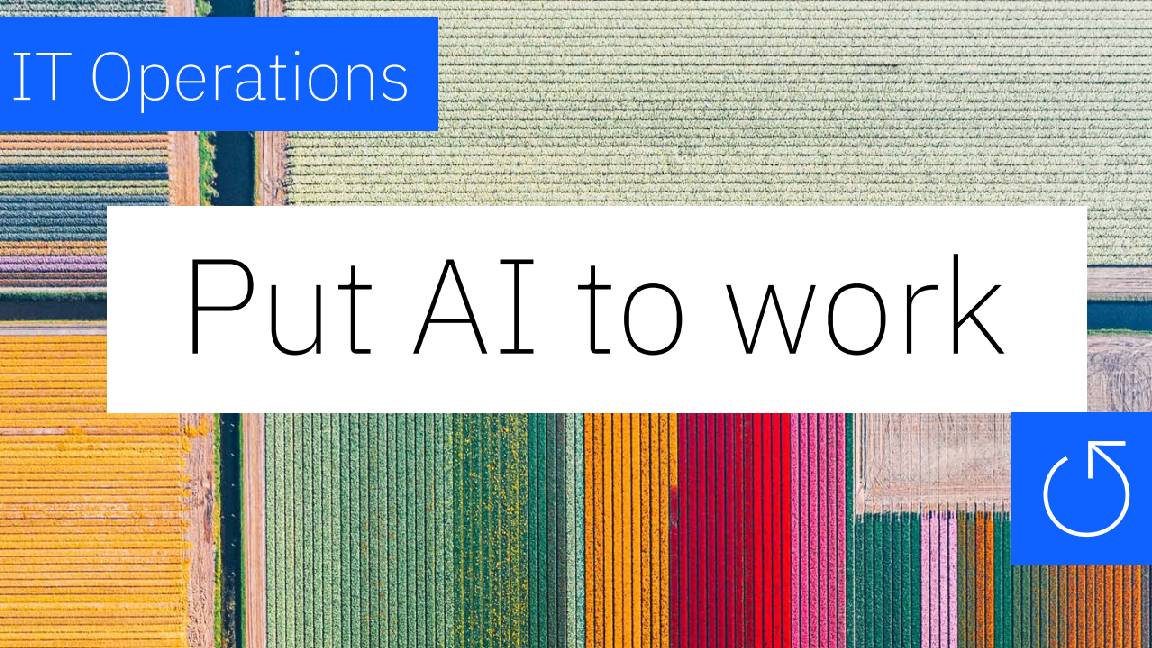IBM looks to open standards
Big Blue has formalised its policy when it comes to using open technical standards.


IBM today declared its love for open standards and interoperability.
The aim is to encourage quality and transparency, in addition to letting emerging markets get a foot in the door, according to the tech giant.
IBM will start by rolling out a new corporate policy, which includes beginning or ending participation in standards bodies based on their openness, encouraging the adoption of open global standards and looking to improve governance in standards bodies to keep decisions and dispute resolutions independent.
With that in mind, IBM said it would review its membership in standards organisations and encourage participation in countries where it does business.
"Common, open and consensus-based technology standards from reputable standards bodies help ensure that each of us can easily purchase and interchangeably use computing technology from multiple vendors," said Bob Sutor, IBM vice president of open source and standards.
IBM added that open technical standards can help in many areas, including letting governments deliver services, improving business practices and even helping with disaster relief and health care on a global scale.
"The ways in which they are created and adopted provide reasonable assurances that disparate products will work with one another, and withstand the test of time," Sutor added.
Sign up today and you will receive a free copy of our Future Focus 2025 report - the leading guidance on AI, cybersecurity and other IT challenges as per 700+ senior executives
Microsoft and the International Standards Organisation (ISO) have both been criticised following the adoption of OOXML as an international standard - which Microsoft has previously accused IBM of trying to sabotage.
Freelance journalist Nicole Kobie first started writing for ITPro in 2007, with bylines in New Scientist, Wired, PC Pro and many more.
Nicole the author of a book about the history of technology, The Long History of the Future.
-
 Small businesses are ‘flying blind’ on carbon emissions and struggling to track sustainability goals
Small businesses are ‘flying blind’ on carbon emissions and struggling to track sustainability goalsNews Research from Wasabi shows small businesses are struggling to keep track of carbon emissions, and a key factor lies in the poor reporting from tech vendors.
-
 Gestion du cloud avancée : Qu'est-ce que StreamOne® et comment la plateforme peut-elle représenter un avantage pour votre entreprise, aujourd'hui et dans le futur?
Gestion du cloud avancée : Qu'est-ce que StreamOne® et comment la plateforme peut-elle représenter un avantage pour votre entreprise, aujourd'hui et dans le futur?Sponsored Ne vous contentez pas d'acheter le cloud, maîtrisez-le. La plateforme StreamOne® de TD SYNNEX offre une puissante approche écosystème de la gestion avancée du cloud, dépassant largement les limites d'une marketplace classique...
-
 Put AI to work for IT operations
Put AI to work for IT operationswhitepaper Reduce the cost and complexity of managing hybrid applications
-
 AI in the retail industry is spreading beyond the IT department
AI in the retail industry is spreading beyond the IT departmentNews AI has become a strategic imperative for retailers, delivering marked productivity gains
-
 Maximizing contact center operations with generative AI assistants backed by responsible AI principles
Maximizing contact center operations with generative AI assistants backed by responsible AI principleswhitepaper Reduce the cost and complexity of managing hybrid applications
-
 IBM just launched powerful new open source AI models – here’s what you need to know
IBM just launched powerful new open source AI models – here’s what you need to knowNews Available under the Apache 2.0 license, IBM's Granite 3.0 models are trained on enterprise data and can out-perform the competition
-
 Achieving business outcomes with generative AI
Achieving business outcomes with generative AIWebinar Take your hybrid cloud journey to the next level with generative AI
-
 Wimbledon’s new Catch Me Up AI feature promises to keep fans up to date at the tournament – after it irons out some of the wrinkles
Wimbledon’s new Catch Me Up AI feature promises to keep fans up to date at the tournament – after it irons out some of the wrinklesNews The latest feature to come out of IBM’s partnership with Wimbledon will keep fans engaged from the early stages right through to the final with dynamic player insights
-
 AI demands new ways of data management
AI demands new ways of data managementwhitepaper The data leader’s guide for how to leverage the right databases for applications, analytics and generative AI
-
 AI governance for responsible transparent and explainable AI workflows
AI governance for responsible transparent and explainable AI workflowswhitepaper Build greater trust in your AI
